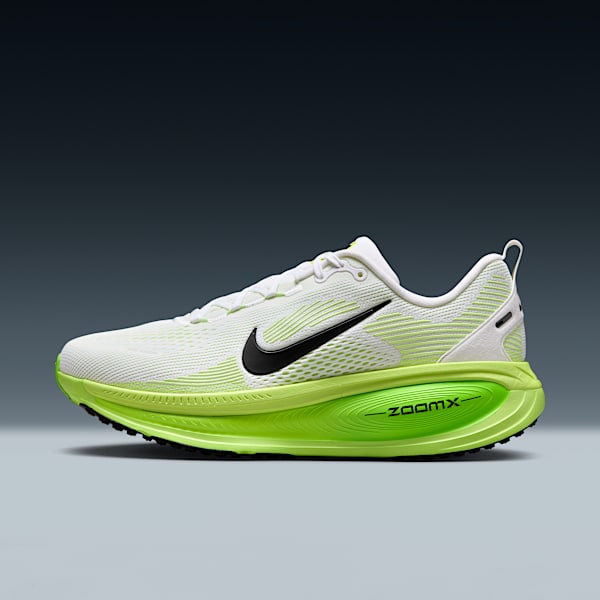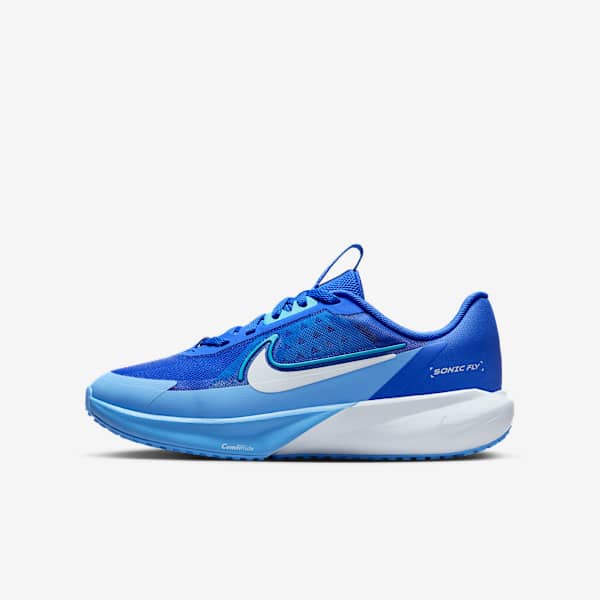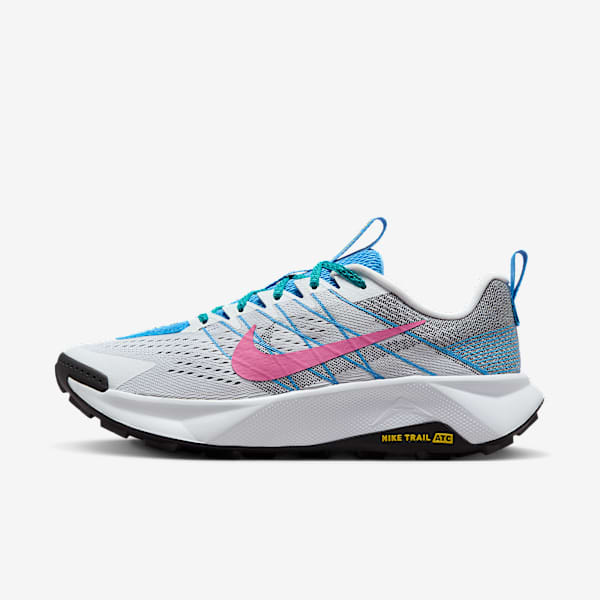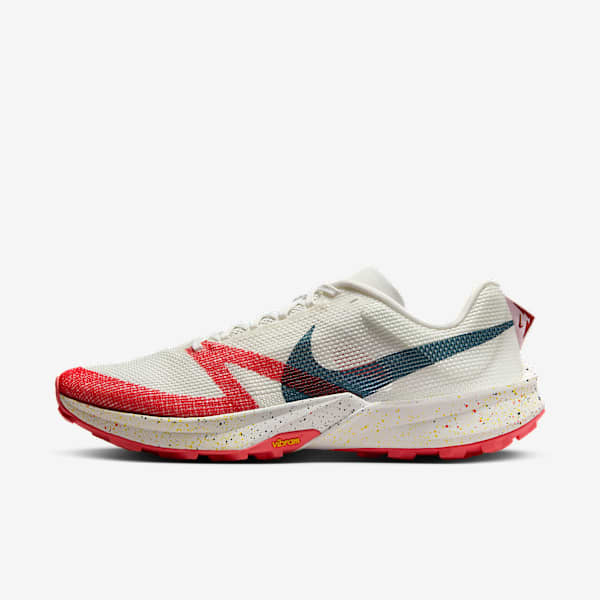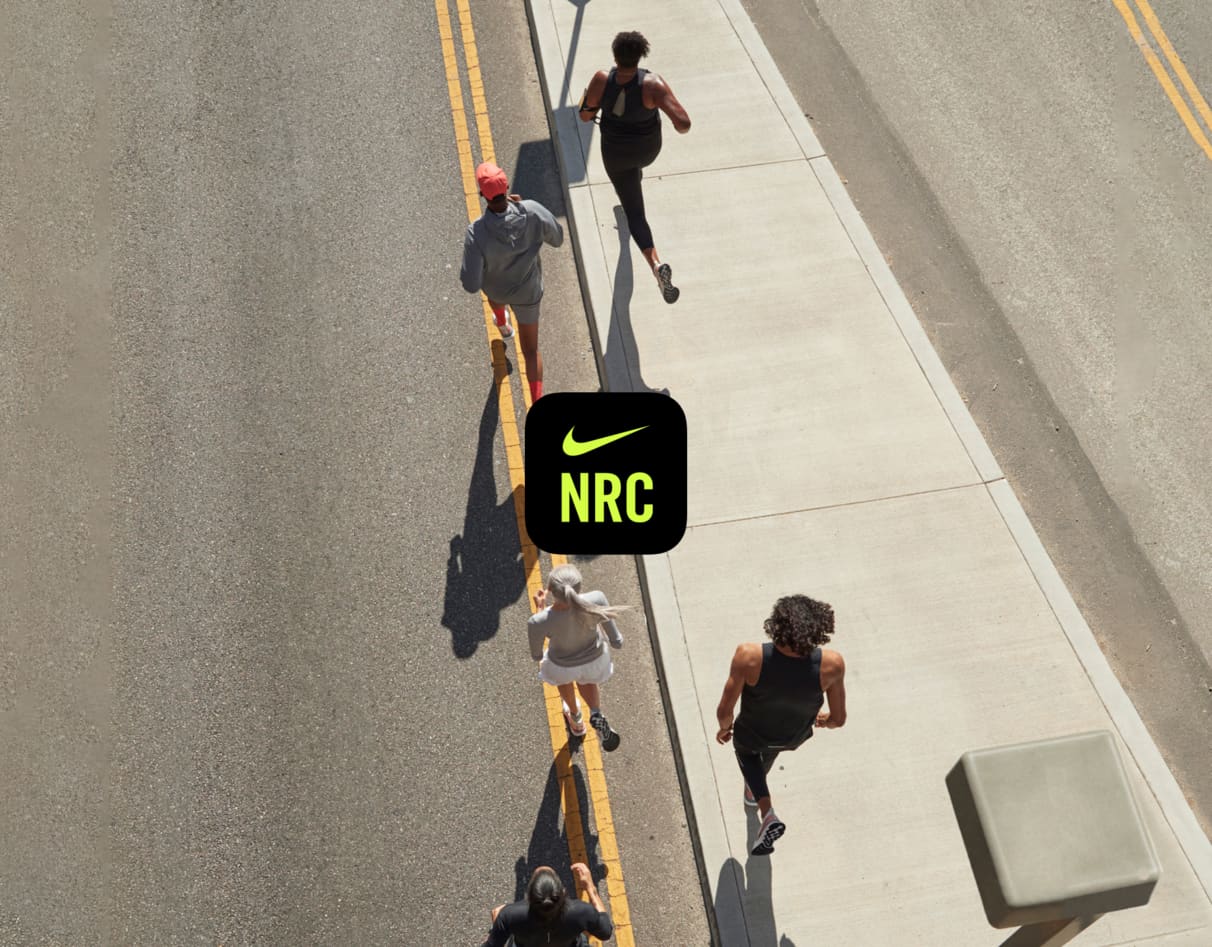Running Somewhere New? Check Out 7 Tips for Mapping Out a New Route
Sports & Activity
Certified running coaches provide seven tips for mapping a new run route, plus ways the Nike Run Club app can help.
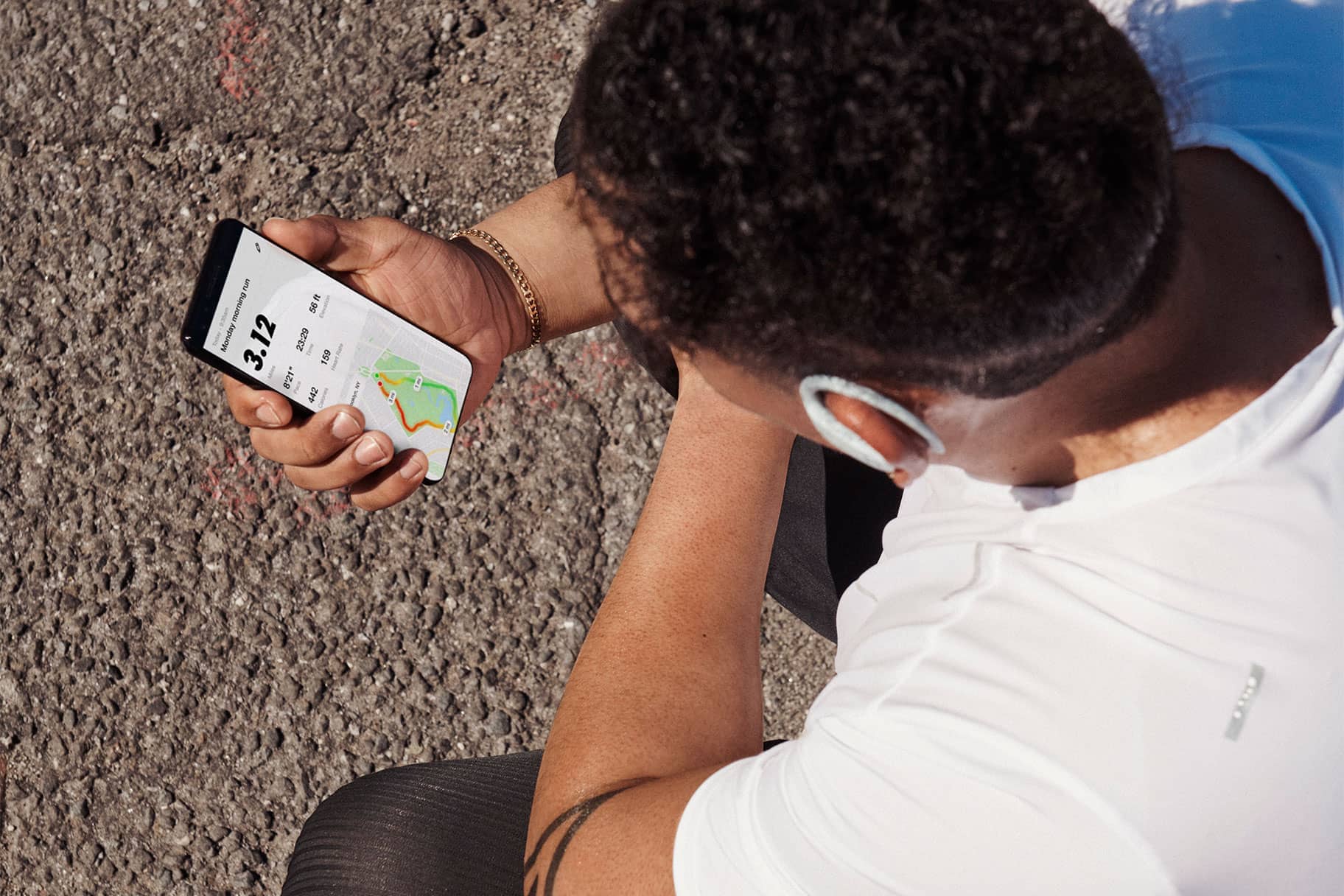
Sometimes, you just need to mix up your running route. Whether you’re a gym-goer who prefers the comfort and control of the treadmill or someone who logs miles at the same park every week, running routes were made to be refreshed and discovered.
Read on for tips from running coaches on how to map a new run route, plus ways the Nike Run Club (NRC) app can help.
“Mapping out your run in advance lets you ensure your runs fit the goal of that day's training,” said RRCA-certified running coach Laura Norris. “For example, if you have a hill run scheduled, mapping out your run confirms you are running a route with enough elevation gain. If your goal is a certain distance, mapping out your route lets you get in the distance without guesswork or extra neighborhood laps at the end.”
7 Key Factors to Map a New Run Route
1.Distance
When you open the NRC app, you’ll discover audio-guided runs based on time or distance (a 30-minute run or a 10K, for example). These runs are podcast-like sessions narrated by NRC experts who offer running tips, stories and inspiration throughout the run.
Audio-guided runs found under the ‘Distance-Based Runs’ tab can help keep track of time, distance and splits. Bonus: In many of the runs, you’ll hear encouraging words from four-time Olympic runner Shalane Flanagan, Nike running global head coach Chris Bennett and other Nike running experts.
Looking for a short run? Check out the 2-mile run. Or maybe more ambitious? Choose the 8-mile run. If you prefer to run plan-free, the app uses GPS technology to track your route and show your location on a map (including where you were and where you’re heading), so you can store the route and reference it for future runs.
2.Terrain
When you venture out on a run in a new place, you may encounter grass, gravel, sand, dirt trails and more. Running on different surfaces can benefit your training.
“Every terrain has a purpose, and different grades and surfaces utilize different leg muscles and stabilizers,” said Jessica Woods, Nike run coach. Softer surfaces can be more forgiving for your joints.
RELATED: The Best Nike Trail Running Shoes
3.Elevation
Another factor to consider when choosing a new running route are the hills and valleys you may find. If you’re used to mostly flat routes, hills will challenge your endurance while emphasizing gait mechanics. However, if you’re dealing with pain or an injury, routes with a ton of elevation changes could aggravate it.
4.Variety
An important part of an enjoyable running routine is variety: different types of terrain and changes in elevation and speed.
“The worst thing you can do as a runner is run the same flat route, at the same pace, every day,” said Anh Bui, P.T., D.P.T., C.S.C.S., physical therapist and USTA1 running coach.
“Running is predominantly a sagittal plane sport, meaning the body moves in one direction (forward). The muscles in the human body then become adapted to only moving the body forward, which increases risk of injury.”
Adding more variety to your running routine can help build strength and keep things interesting. Trying different types of audio-guided runs in the NRC app is another way to keep you on your toes.
5.Safety
To stay safe on your run, be aware of your surroundings. If you’re listening to music or an audio-guided run with headphones in, be sure to keep the volume low enough that you can still hear the noises around you.
“I always bring my phone with me and keep my head on a swivel,” said Tammy Whyte, a RRCA-certified running coach in Chicago, Illinois.
6.Preparation
It’s important to be prepared for your run with proper gear, taking into consideration the duration and intensity of the run, along with the weather.
“If it’s hot and humid, you want to make sure you’re wearing loose-fitted, breathable clothing, a hat and sunscreen,” said Bui. “It’s also important to carry fluids and gels with you if you plan on running for longer than an hour and do not have access to water fountains.”
RELATED: How to Hydrate Before a Run
7.Exploration
Take advantage of running in new places by asking for recommendations from locals.
“I ask locals if there are good areas to run, and then look up a route based on that rec,” said Whyte. “When I map out a run in a new place, I first look up any cool spots in the city that I want to see, like cool murals or if there is a coffee shop I want to end my run at that is close to my hotel.”
Words by Emily Shiffer
